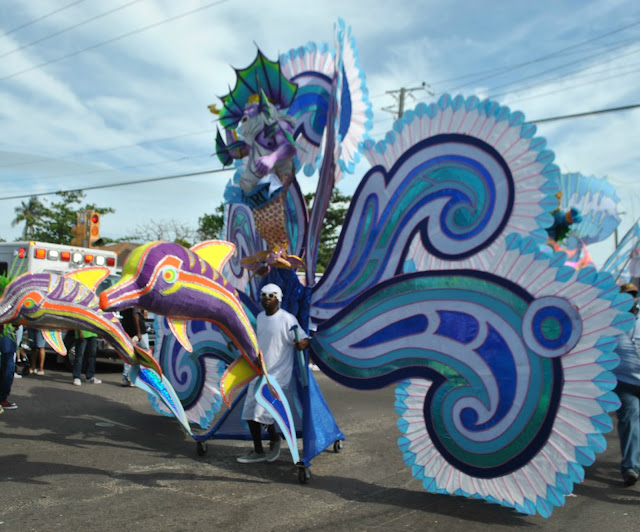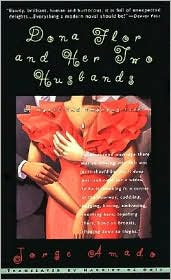Fete Fever at Bahamas Junkanoo

Everybody loves carnival time and if you visit the Caribbean often enough, you can always find an island hosting these colorful celebrations all year round. Although the traditional Bahamian Junkanoo is held after Christmas on Boxing Day (also known as my birthday) Junkanoo Carnival kicks off in May. I didn't get the chance to participate this time (costume MIA) but I still mingled with the revelers and captured some candid images. Yes, everyone loves carnival but as the Bahamas tourism site suggests, "it's best suited for those who have the stamina, rhythm, confidence, positive vibes and a free spirit!" Check out the evidence below. Lots of mas bands "wine up" all down the streets but this gal gave a close up demo. I caught this guy as he stopped to gyrate in the street, right before the rest of his band caught up and blocked his photo. Trucks with water hoses spray onlookers who don't move fast enough but these girls preferred th...

